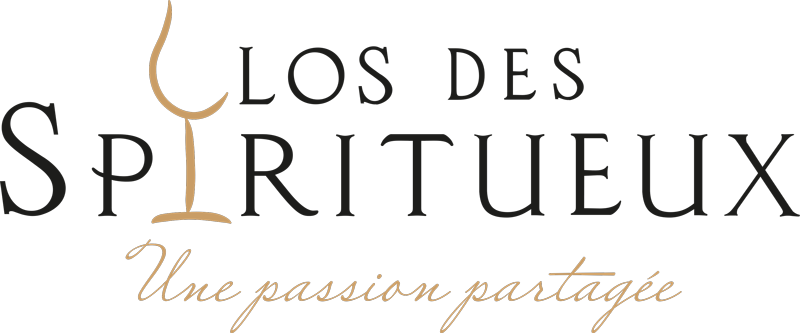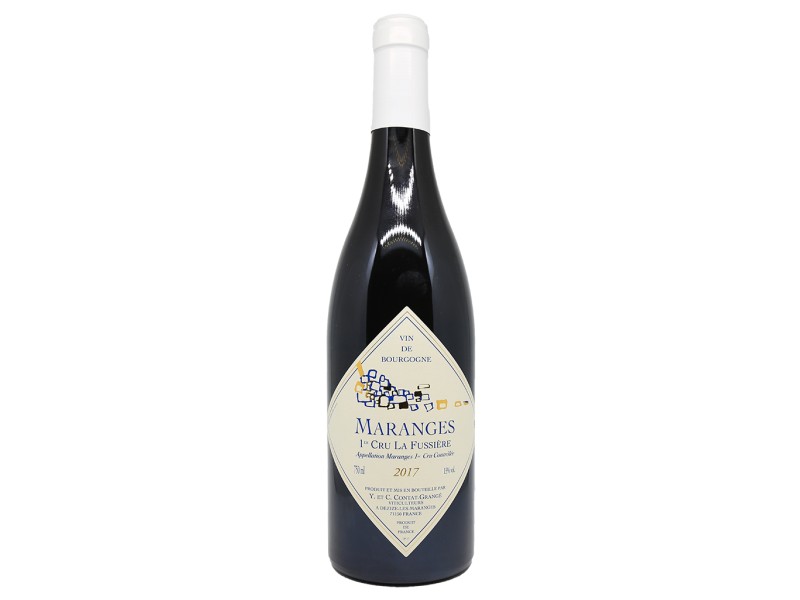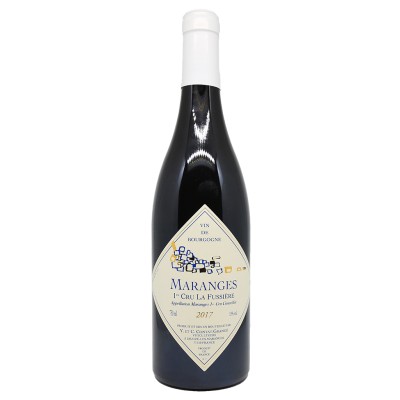Domaine CONTAT GRANGE - La Fussière 1er Cru 2017
This exemplary artisanal domain has gradually built up a pretty property in the far south of the Côte de Beaune and achieved a very high standard.
Here, no cuvée is privileged to shine in a guide, but the simplest wine has the frankness of flavor and the breadth of constitution which are the hallmarks of the house.
During the 1970s, Yvon and Chantal Contat-Grangé, two sixty-eight artists who left for the South, discovered the pleasure of working the vines. The desire to settle down tight. It was then 1978 and there was only one continuing education center in viticulture for adults, the CFPPA de Beaune. Yvon registers there.
Having no initial stake, the couple took a sharecropping in the Couchois region (between the Chalonnaise coast and the Morvan mountains). The first vintage, 1981, is difficult: the vines are in very poor condition and the frost is involved. With the 4 hectares, are obtained… 25 hectoliters. Working cost Yvon and Chantal more than if they hadn't done anything. In 1982, they managed to buy a house in Dezize-lès-Maranges. Over the years and the opportunities, they take other vines in sharecropping. The current estate covers 6.5 hectares, in sharecropping with nine owners. Within a radius of 4 kilometers around Dezize, in eleven appellations, Chantal and Yvon cultivate each year with the same philosophy: “The appellation is linked to the terroir but is not acquired, each vintage must deserve it. "
Their first organic experience, in 1976-1977, dates back to their foray into the South. Since their installation, they have always used phytosanitary products compatible with organic farming. But their means do not allow them to buy a second tractor. In difficult years, a single tractor is not enough to ensure parallel plowing and treatment.
Burgundy has the particularity of having a high density of plantations, ie 10,000 vines per hectare, which represents a real complication of the work. To compensate for the lack of material, they scratch between the rows and deal with a container on their backs at the level of the vines. In the early 2000s, they could finally buy a second tractor, plow and do without weedkiller.
In 2008, they finally began their conversion.
Very critical of biodynamics, because they find it "a bit eccentric" that the work in the vineyard is "dictated by an astral calendar", they do not hesitate to revitalize their compost before using it. In the cellar, they never yeasted. Their very basic equipment prevents them from any technological intervention such as thermovinification to accentuate the extraction. It may happen to them, when the temperatures are too low, to heat the must to help the start of fermentation. They suffer a little during the harvest and at the time of bottling.
If they did not buy a vineyard, they invested in the buildings: a lodging, but also the cellar, recently enlarged to have 200 m2 of winery and to be comfortable to work. Thanks to their reputation, which has been built over time, they do not need to take any commercial steps and participate in very few exhibitions. While a third of their production is bought by individuals, another third goes for export, from Spain to Japan via Northern Europe and the United States.









